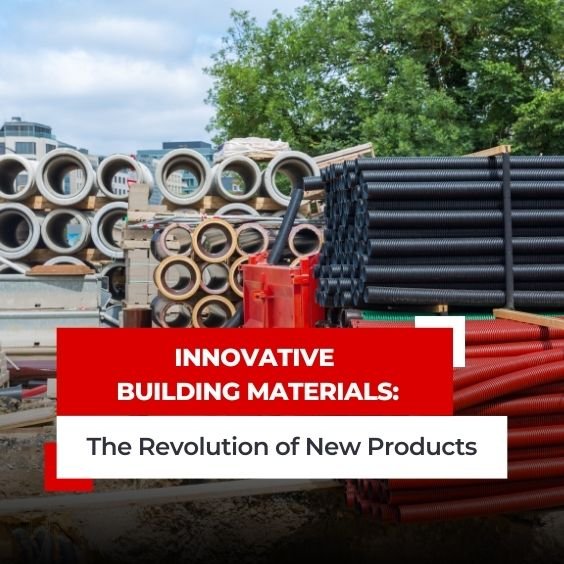Innovative Building Materials: The Revolution of New Products
The construction industry is undergoing a significant transformation, driven by technological advancements and an increasing demand for sustainable practices. At the forefront of this revolution are innovations in building materials, which are enhancing performance and durability while contributing to a greener future. In this article, we will explore how new types of coatings, ecological solutions, and emerging technologies are redefining how we build and renovate our spaces.
New Coating Materials and Their Advantages
Coatings play a crucial role in both the aesthetics and protection of buildings. Recently, several intriguing innovations have emerged in this field:
- Photocatalytic Coatings: These materials harness sunlight to purify the air by decomposing atmospheric pollutants. Besides improving air quality, they feature self-cleaning properties that reduce maintenance needs.
- Antibacterial Coatings: Designed to combat the proliferation of bacteria and fungi, these coatings are ideal for environments requiring high hygiene standards, such as hospitals and commercial kitchens.
- Nano-Surface Technology Paints: These paints incorporate nanoparticles to create surfaces more resistant to scratches, stains, and dirt, offering enhanced durability and resistance to adverse weather conditions.
Advantages:
- Improved performance and durability.
- Reduced maintenance costs.
- Additional health and environmental benefits.
Sustainable Materials and Their Importance for Green Construction
Sustainability is becoming an essential priority in the construction industry. Here are some significant innovations:
- Recycled Materials: Modern products made from recycled glass, plastic, and paper help reduce the demand for new resources and minimize construction waste.
- Engineered Wood: Cross-laminated timber (CLT) and other forms of engineered wood are gaining popularity for their strength and carbon storage capabilities, providing a sustainable alternative to concrete and steel.
- Low Carbon Impact Materials: These include alternatives to traditional cement, such as geopolymer cement, which has a significantly lower carbon footprint. Other examples are construction blocks made from industrial by-products or biomass.
Importance:
- Reduction of the construction carbon footprint.
- Enhanced energy efficiency and environmental performance.
- Lower environmental impact and better resource utilization.
We are in the midst of a revolution in the construction industry, where innovations in materials are setting new standards for performance and sustainability. With coatings that purify the air and clean themselves, and ecological materials that minimize environmental impact, construction is becoming smarter and greener.
These innovations not only enhance the durability and efficiency of buildings but also contribute to a more sustainable future. The adoption of recycled materials, engineered wood, and alternatives to traditional cement represents a significant advance in reducing carbon footprints and optimizing the use of natural resources. As the demand for sustainable solutions grows, it is essential for everyone—from construction professionals to consumers—to engage with and embrace these new possibilities.
The revolution in building materials is just beginning, promising a future where innovation and sustainability go hand in hand, transforming how we live and interact with our built environments.

